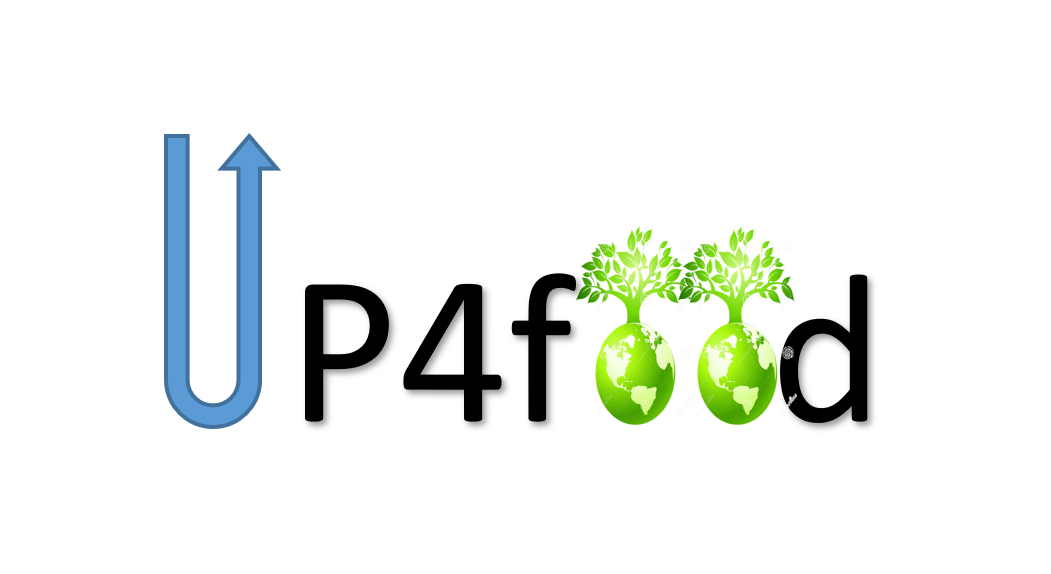A three-year project entitled: “Up4Food – Upcycling side-streams for sustainable and healthy ingredients and new food concepts” began at the National Marine Fisheries Research Institute in January 2024. The project will be conducted at the Department of Fisheries Economics, and the work will be headed by Dr.Eng. Olga Szulecka.
The project was selected through a competition to which 11 international scientific consortia applied. Up4Food is implemented within the framework of the Joint Programming Initiative program “A Healthy Diet for a Healthy Life” funded in Poland by the National Science Center (project reg. no. 2023/05/Y/HS4/00121). Work in the project will be carried out by a consortium of 6 entities from 5 European countries:
- Norwegian University of Science and Technology of Norway – Project Coordinator;
- National Marine Fisheries Research Institute from Poland;
- SINTEF Ocean AS from Norway;
- Teagasc Food Research Centre from Ireland;
- ANSES, Laboratory for food safety from France;
- National R&D Institute for Food Bioresources – IBA Bucharest, Romania.

Logo projektu Up4Food
The goal of the project is to use ingredients extracted from side streams from food production for consumption, which is now a priority in circular and more sustainable food production.
During the research work at Up4Food, it is planned to use novel technologies to produce nutritional and functional ingredients from food processing side streams (aquatic, potato and edible oilseeds) and assess their safety, as well as determine the technological and nutritional aspects of applying these ingredients to various food concepts.
An important element of the project, carried out in the 6th work package, led by the NMFRI, is both research into consumer attitudes and the opportunities and processing barriers to using ingredients from side streams to produce new foods. The work of this package will use qualitative and quantitative research methods: questionnaires, in-depth interviews (IDIs), and community labs, as a new method of multi-level collaboration and consultation in new product development. Through collaboration between consumers and representatives of supply chain actors in the social labs, it will be possible to identify barriers to marketing new products with the ingredients obtained in the project, and to develop design guidelines for newly designed products. The results obtained in WP 6 will provide new knowledge on the perceptions and acceptability of prototype solutions and will allow new food concepts to be shaped.
Olga Szulecka



